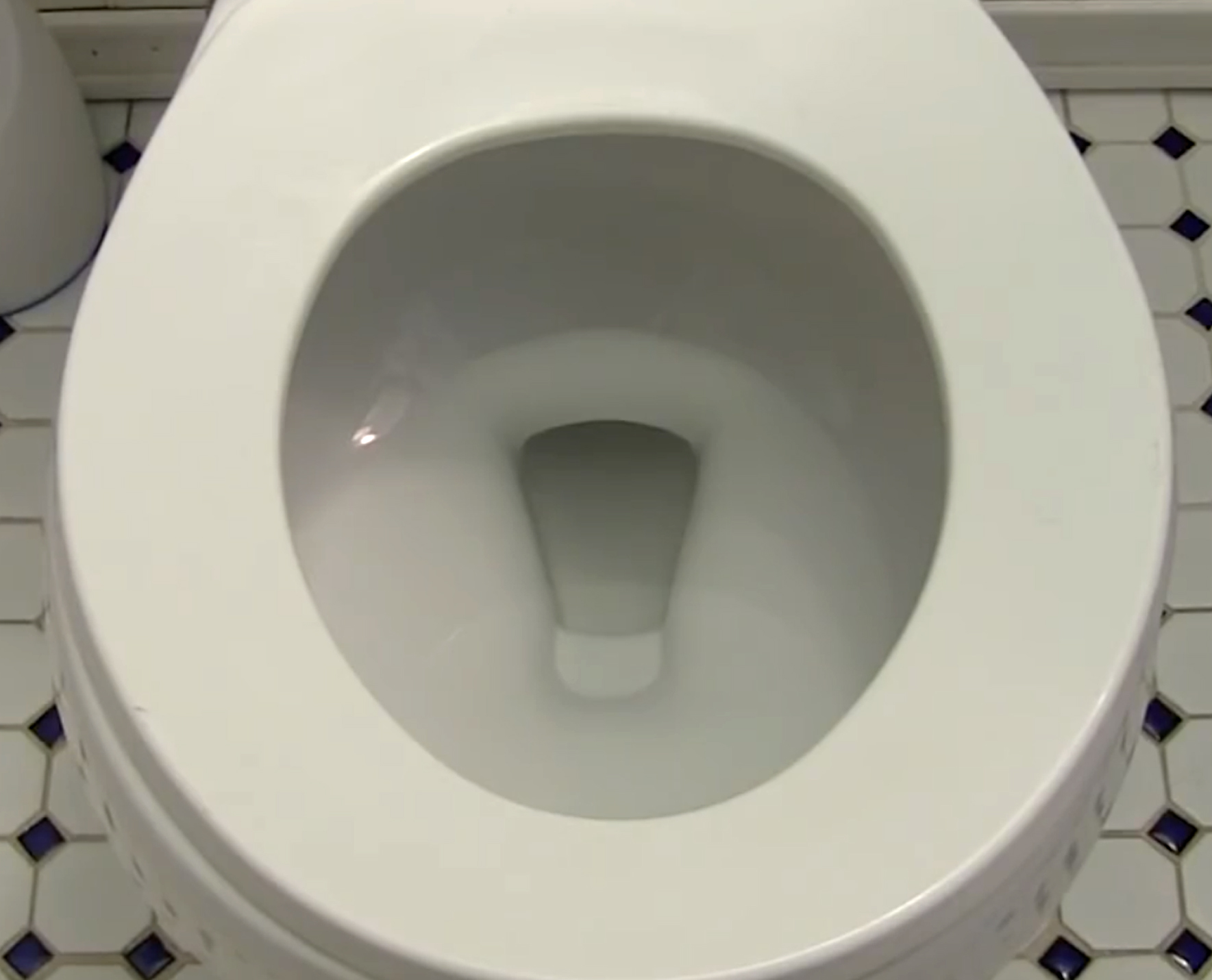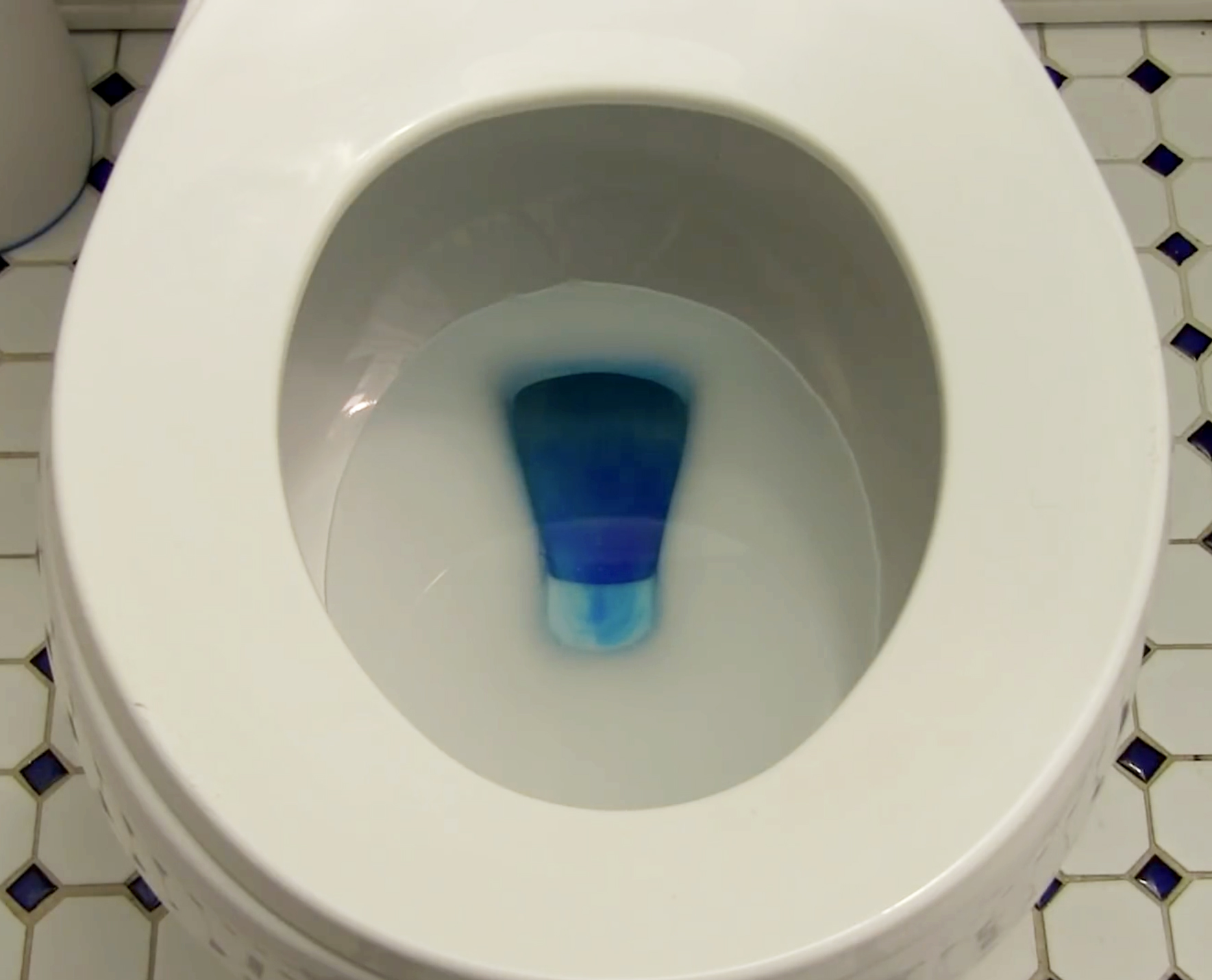
 Environmental Protection311
Environmental Protection311 Search all NYC.gov websites
Search all NYC.gov websites
Toilet Leak Detection
High water bills are often caused by leaking toilets. Water can flow through an open fill valve at a rate of three to five gallons per minute—that’s up to 4,000 gallons of water being wasted each day! If you find a toilet leak or notice a significant increase in your water and sewer bill, don’t wait to have it repaired. If you cannot make the necessary repairs yourself, call a licensed master plumber. We recommend that you test each toilet in your home for leaks once a year. For more information, download Repair Your Leaking Toilets.
For tips to save water in more places, visit Water Saving Tips. If you are a DEP customer, visit Leaks for more information about leak notification and forgiveness.
How Do I Check for a Toilet Leak
- Place one teaspoon of food coloring into the tank of your toilet.
- Wait 10–15 minutes. Do not flush the toilet during this time.
- Look inside your toilet bowl.


Dye tablets are a non-toxic and convenient alternative to food coloring. To request free toilet leak detection dye tablets, email us at demand.management@dep.nyc.gov with your name and full mailing address. Please allow up to two weeks for delivery.
Learn about the EPA WaterSense® Program and the benefits of using certified high-efficiency toilets, showerheads, and faucets.
What can cause a toilet leak?
The two most common causes of a toilet leak are the flapper or fill valve. To check for these leaks, lift the tank lid and look at the back wall of the toilet tank. You will see a water line that marks the level at which water fills the tank. Mark the actual water level with a pencil, then flush the toilet and watch the tank refill. If the water rises to a level above the pencil mark (and then goes down afterward), then you probably have a flapper leak. If the water level rises to a point below the pencil mark and then rises above it, you probably have a faulty fill valve.
- Flappers can become warped or damaged over time, preventing a watertight seal on the flush valve. In-tank toilet cleaners are large chemical tablets or containers of chlorine liquid intended to help keep the toilet bowl clean. These can damage the flapper by corroding the rubber parts inside your toilet tank. Chemicals can wear away toilet flappers and other parts in the toilet tank, voiding the warranty and causing leaks. Some newer flappers are made to be chlorine-resistant, but even with newer flappers the use of these in-tank cleaners is still risky. The damage caused by in-tank cleaners is often the result of a toilet not being flushed for a long period of time, such as when a house is empty. Without flushing, the chlorine content of the tank water increases and is more likely to wear away the flapper.
- The flapper, trip lever, or chain may no longer align with the flush valve, leaving a gap which can cause a leak.
- Over time, grit or sediment can cause small cuts and other damage to the flush valve which can result in a leak between the flush valve and flapper.
- A change in your home’s water pressure can cause water waste to flow down an overflow tube causing the fill valve to become stuck in an open position.
Don’t Wait. Repair a Leaking Toilet Right Away!
How Do I Repair a Toilet Leak?
If your toilet was manufactured after 1994
It is likely that your toilet uses 1.6 gallons per flush. You can confirm this by looking for a “1.6 gpf/6 lpf” imprint on the back top surface of the bowl behind the back of the toilet seat. You may want to consider investing in a new high-efficiency toilet for better flushing performance, saving your family about $7 per person per year.
- Replacing the Flapper: There are some common replacement flappers on the market for water-saving toilets, but not all of them will fit your toilet. You should always make sure that the new flapper is adjusted correctly for your water-saving toilet. Look for products with a five or ten year warranty.
- Replacing the Fill Valve: If you have a faulty fill valve, you can either replace it yourself or call a licensed plumber to make the repair. Do not replace an old fill valve that has a float ball with a new fill valve that has a float ball. Instead, use a new piston-valve type fill valve. This device is often called a “Fluidmaster valve” and is manufactured by Fluidmaster, Korky, and American Standard.
There are also fill valve products that help to prevent the constant filling and draining of a toilet tank that is often caused by a toilet flapper leak. These products guard against constant refilling by ensuring that a leaking tank is refilled only when the toilet is flushed. If the flapper leaks, these products will allow the tank to drain first and will ensure that the tank remains empty, rather than constantly refilling. The next time someone flushes the toilet, they will have to flush twice—once to refill the tank and a second time to flush the toilet. This prevents water waste caused by a constantly refilling toilet. Fluidmaster’s Leak Sentry Pro 400LS” and the “HydroClean” are examples of such fill valves.
Note: The New York City Department of Environmental Protection does not endorse any of these products.
If your toilet was manufactured before 1994
You may way to consider investing in a new high-efficiency toilet. High-efficiency toilets use less water and can save you about $30-$40 per year for each person in your home. These toilets use flappers that are resistant to chlorine corrosion which can help prevent leaks, and they have improved fill valves that do not leak like old-style ball cock/float valves.
If you have a flushometer-valve toilet
About 30% of the residential toilets in New York City do not have tanks. Instead, they use a flushometer-valve toilet with a hand valve that is attached to a pipe coming out of the wall. This type of toilet does not have many moving parts but leaks can still occur. If you have a flushometer-valve toilet, take the following precautions:
- If you see moving water in the bowl after the toilet has been flushed, this means the valve is leaking and needs to be repaired or replaced.
- If the water to your home has been turned off, do not flush the toilet during this time. Wait until the water is turned back on, then flush the toilet once or twice to make sure any air is thoroughly vented from the system and the valve is able to open and close properly.
- So-called “phantom flushes” can be caused by pressure changes in your building and should be investigated by a licensed plumber.


